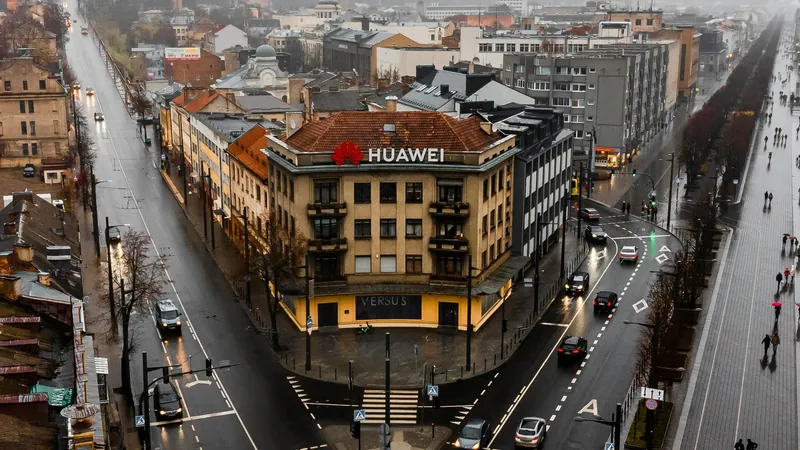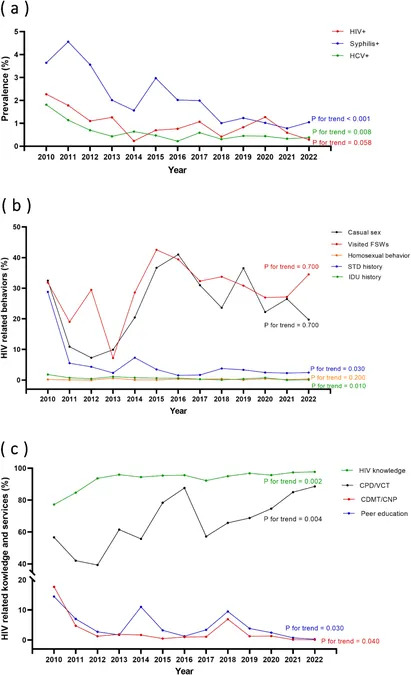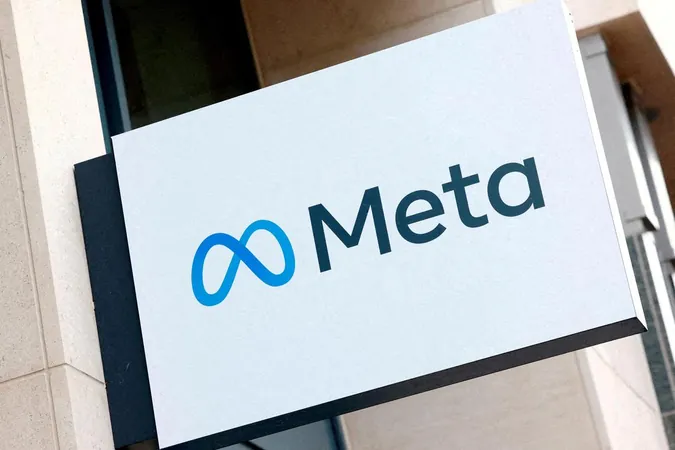
Huawei's Bold Move to Reclaim the Global Smartphone Market with In-House Chips
2025-01-30
Author: Rajesh
Introduction
Huawei Technologies, the Chinese smartphone giant, is making a dramatic return to the global smartphone market, ambitiously expanding its reach to approximately 60 countries with devices powered by its new high-performance chips. This strategic shift is largely a response to stringent U.S. sanctions which have limited the company's access to critical foreign technology.
Global Expansion
With grand billboards promoting its latest foldable innovation, the Mate X6, popping up in major metropolitan areas including Hong Kong, Dubai, and Kuala Lumpur, Huawei is clearly signaling its readiness to compete on a global scale. The Mate X6 debuted in mainland China and Malaysia in December 2024, followed by a launch in Hong Kong on January 8, 2025. Huawei's website reveals that the phone is already accessible in over 30 locations, ranging from the Middle East to South America, with plans to penetrate several European markets in the near future.
Product Offering and Technology
The Mate X6 is sold at a price point of EUR 1,999 (approximately USD 2,050), slightly surpassing the price of comparable foldable smartphones from competitors like Samsung Electronics. This premium pricing reflects the advanced capabilities of Huawei's latest Kirin chipsets, designed to enhance video processing, and improve the user experience significantly—users can expect a 60% to 80% boost in video smoothness in challenging environments like subways or after exiting elevators.
The Role of Kirin Chipsets
Huawei's Kirin chipsets, integral to their smartphones, bring together processing and memory into a single system-on-chip (SoC). These chips enable high-speed 5G communication, crucial for staying competitive, without relying on U.S. technology. Originally featured in the Mate 60 model released in August 2023, these proprietary chips have undergone continuous enhancement, now also powering the Pura 70 phone launched in April 2024, which has been distributed to an increasing number of countries.
Challenges from U.S. Sanctions
The company has experienced significant challenges since the U.S. imposed restrictions in 2019 that disrupted its partnerships with chip manufacturing giants, specifically barring interactions with Taiwan Semiconductor Manufacturing Company (TSMC). As a result, Huawei turned to U.S.-based Qualcomm for semiconductors in the interim, but these chips only supported slower 4G communications. The restrictions also limited its access to the Android operating system, causing Huawei's global smartphone market share to deteriorate from the leading position it held in 2020.
Current Market Position and Strategy
As of 2023, the number of countries with Huawei facilities for after-sales support has dropped significantly, and its international smartphone shipments have plummeted from 30% to below 10%. However, the recent introduction of Kirin chips, reportedly designed by Huawei's HiSilicon division and produced by Semiconductor Manufacturing International Company (SMIC), suggests an internal recovery effort. Initial production yields were low, but industry observers believe both design and manufacturing capabilities have substantially improved.
Transition to In-House Chips
Notably, Huawei has begun transitioning its lower-cost smartphone models to include Kirin chips, as seen with the Changxiang 70X released earlier this month. While Kirin’s technology, currently at a 7-nanometer process, lags behind the 3-nanometer chips from its rivals, Huawei is pivoting towards developing its operating system to enhance competitiveness. The upcoming HarmonyOS Next, an entirely in-house operating system, aims to replace the Android-based OS in its international devices in the future.
Moving Forward
In response to the challenges faced, Huawei's deputy chairwoman and CFO, Sabrina Meng, acknowledged the difficulties of the past six years in a recent year-end message. "We have encountered numerous dark, frustrating, and confusing moments," she remarked, reflecting on the struggles imposed by U.S. sanctions. However, she emphasized a resilient spirit and a commitment to overcoming obstacles. "Time and again, we’ve seen the impossible made possible," she declared.
Conclusion
With this strategic rebound, Huawei is not just aiming to regain lost ground but also to redefine its place in the highly competitive global smartphone arena. Will Huawei’s ambitious comeback be enough to reclaim its former glory, or will it face further hurdles along the way? Only time will tell!



 Brasil (PT)
Brasil (PT)
 Canada (EN)
Canada (EN)
 Chile (ES)
Chile (ES)
 Česko (CS)
Česko (CS)
 대한민국 (KO)
대한민국 (KO)
 España (ES)
España (ES)
 France (FR)
France (FR)
 Hong Kong (EN)
Hong Kong (EN)
 Italia (IT)
Italia (IT)
 日本 (JA)
日本 (JA)
 Magyarország (HU)
Magyarország (HU)
 Norge (NO)
Norge (NO)
 Polska (PL)
Polska (PL)
 Schweiz (DE)
Schweiz (DE)
 Singapore (EN)
Singapore (EN)
 Sverige (SV)
Sverige (SV)
 Suomi (FI)
Suomi (FI)
 Türkiye (TR)
Türkiye (TR)